Table of Contents
- What Is Curry? The Direct Answer
- Curry Origins: From Tamil "Kari" to Global Phenomenon
- Curry Spice Composition: Key Ingredients Explained
- Global Variations: How Different Cultures Interpret Curry
- Curry Cooking Techniques: Creating Authentic Flavor
- Curry Buying Guide: Powder, Paste, and Ready-Made Options
- Frequently Asked Questions About Curry
- Conclusion: Understanding Curry's Culinary Significance
What Is Curry? The Direct Answer
Curry is not a single spice but a blend of spices used to create complex, layered flavors in dishes. The term refers to both the spice mixture itself and to dishes prepared with these spices. Originating from the Tamil word "kari" meaning sauce or gravy, curry typically includes core ingredients like turmeric, cumin, coriander, and chili peppers, though exact formulations vary significantly by region and cultural tradition. Unlike what many believe, there is no single "curry spice"—instead, it's a flexible culinary concept that has evolved differently across various cultures worldwide.

This fundamental understanding addresses the most common search query: what is curry? It's a versatile culinary tradition rather than a specific ingredient, with variations ranging from the complex spice blends of South Asia to the simplified curry powders found in Western supermarkets.
Curry Origins: From Tamil "Kari" to Global Phenomenon
The concept of curry originated in the Indian subcontinent, where spice blending has been practiced for thousands of years. The term "curry" itself entered the English language through British colonizers who encountered these spiced dishes in India. However, the word traces back to the Tamil "kari," which simply means sauce or gravy.
Contrary to popular belief, traditional Indian cooking doesn't typically use a standardized "curry powder." Instead, cooks create fresh spice blends for each dish, using whole spices toasted and ground as needed. The concept of pre-mixed curry powder was largely a British invention, designed to replicate Indian flavors back in England.
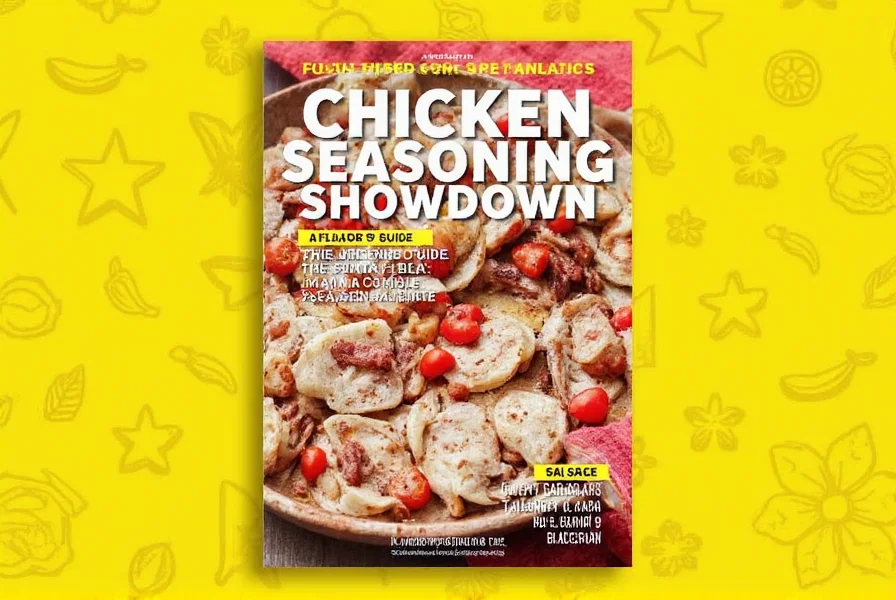
As trade routes expanded, curry traveled worldwide, adapting to local ingredients and tastes. This explains why Japanese curry contains fruit and is thickened with roux, while Jamaican curry incorporates allspice and Scotch bonnet peppers. Understanding this evolution helps clarify what curry really is—a culinary tradition that changes with every culture it touches.
Curry Spice Composition: Key Ingredients Explained
All curry blends share certain foundational spices, though proportions and additional ingredients vary significantly. Here are the most common components found in authentic curry blends:
- Turmeric: Provides the characteristic yellow color and earthy flavor
- Cumin: Adds warm, nutty notes and depth
- Coriander: Contributes citrusy, floral notes that balance heat
- Chili Peppers: Ranges from mild paprika to fiery bird's eye chilies depending on region
- Fenugreek: Adds subtle maple-like sweetness (common in Indian blends)
- Mustard Seeds: Frequently used in South Indian cooking for pungency
- Black Pepper: Provides heat that complements chili peppers
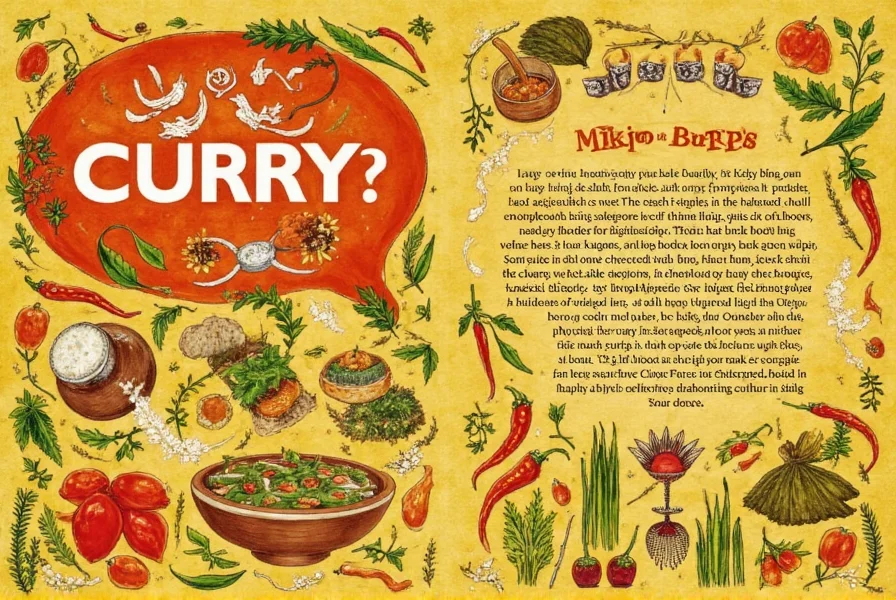
Regional variations often include additional ingredients like ginger, garlic, cinnamon, cardamom, cloves, or fennel. The key to authentic curry is understanding that fresh, whole spices toasted and ground just before use will produce superior flavor compared to pre-ground blends.
Global Variations: How Different Cultures Interpret Curry
Curry has evolved differently across the world, adapting to local ingredients and preferences. Here's how various cultures have made curry their own:
| Region | Curry Type | Key Ingredients | Distinctive Characteristics |
|---|---|---|---|
| South India | Sambar, Korma | Tamarind, curry leaves, mustard seeds | Often tangy, frequently includes lentils, less creamy |
| North India | Butter Chicken, Rogan Josh | Garam masala, cream, yogurt | Richer, creamier sauces, complex spice blends |
| Thailand | Green, Red, and Yellow Curry | Fresh lemongrass, galangal, kaffir lime | Curry paste base with coconut milk, fresh herbs |
| Japan | Katsu Curry | Roux, apple, honey, mild spices | Thick, sweet sauce often served with breaded cutlet |
| Caribbean | Curry Goat, Chicken Curry | Allspice, Scotch bonnet, thyme | Bold, smoky flavors with tropical ingredients |
| UK | Chicken Curry | Curry powder, potatoes, peas | Milder than Indian versions, often tomato-based |
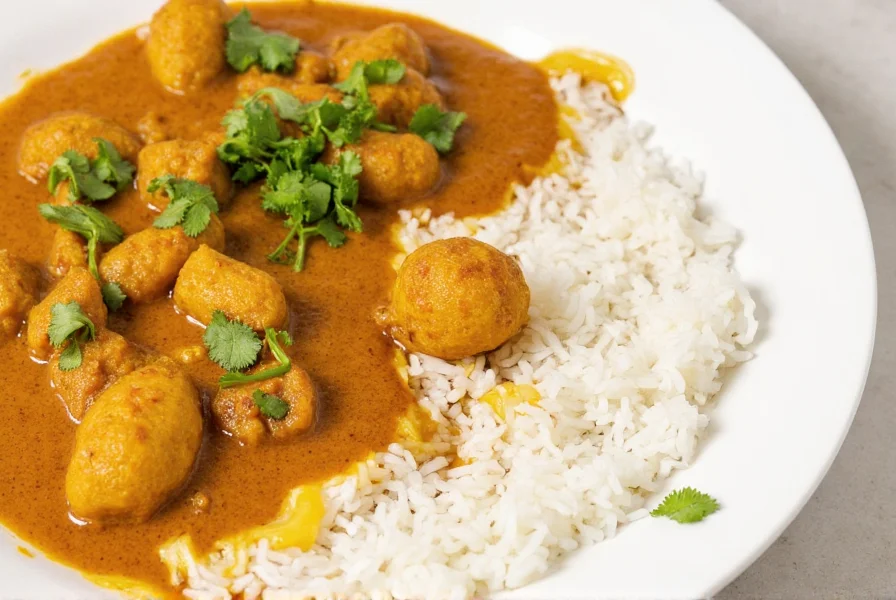
Understanding these differences clarifies what curry really means in different contexts. When someone asks "what is curry," the answer depends on which cultural interpretation they're referring to—there's no single definition that applies universally.
Curry Cooking Techniques: Creating Authentic Flavor
Creating authentic curry requires understanding proper techniques that maximize flavor development:
- Toasting spices: Dry-toast whole spices before grinding to release essential oils and deepen flavors
- Layering flavors: Build your curry base with onions, garlic, and ginger sautéed until golden
- Blooming spices: Add ground spices to hot oil briefly before adding liquid to intensify flavor
- Slow cooking: Most curries benefit from 30-60 minutes of simmering to allow flavors to meld
- Finishing touches: Add fresh herbs, lemon juice, or cream at the end to brighten flavors
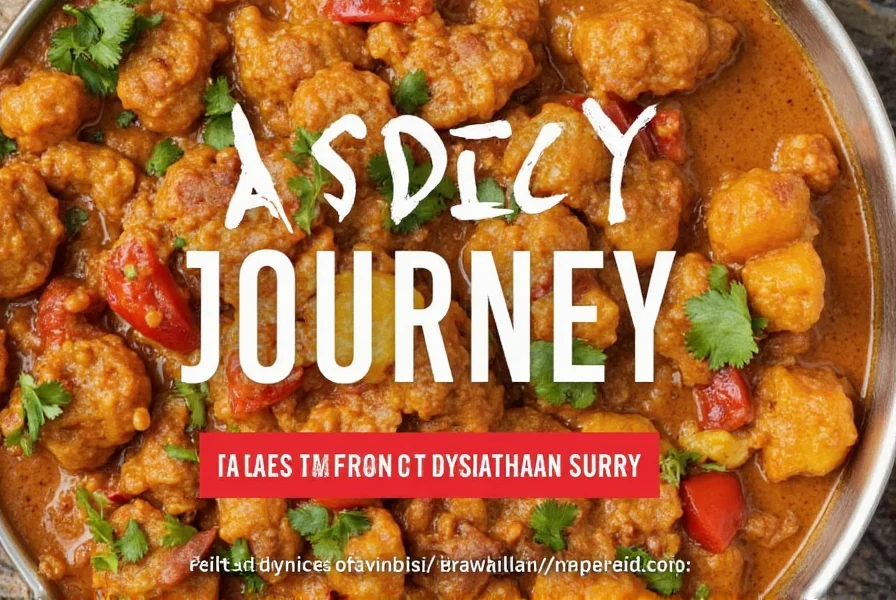
For restaurant-quality results at home, use fresh ingredients rather than pre-made pastes when possible. The difference between a good curry and a great curry often comes down to proper spice handling and cooking technique rather than exotic ingredients.
Curry Buying Guide: Powder, Paste, and Ready-Made Options
When purchasing curry products, understanding the differences between formats will help you choose the right option for your needs:
Choosing Between Curry Formats
- Whole spices: Best for authentic preparation; toast and grind yourself for maximum flavor (ideal for experienced cooks)
- Fresh curry paste: Contains real ingredients like lemongrass and galangal (common in Thai cooking; refrigerate after opening)
- Dry curry powder: Convenient for Western-style curries; check expiration dates as flavors diminish over time
- Ready-to-cook kits: Include both spice blends and cooking instructions (good for beginners)
- Ready-to-eat meals: Convenient but often contain preservatives and excessive sodium
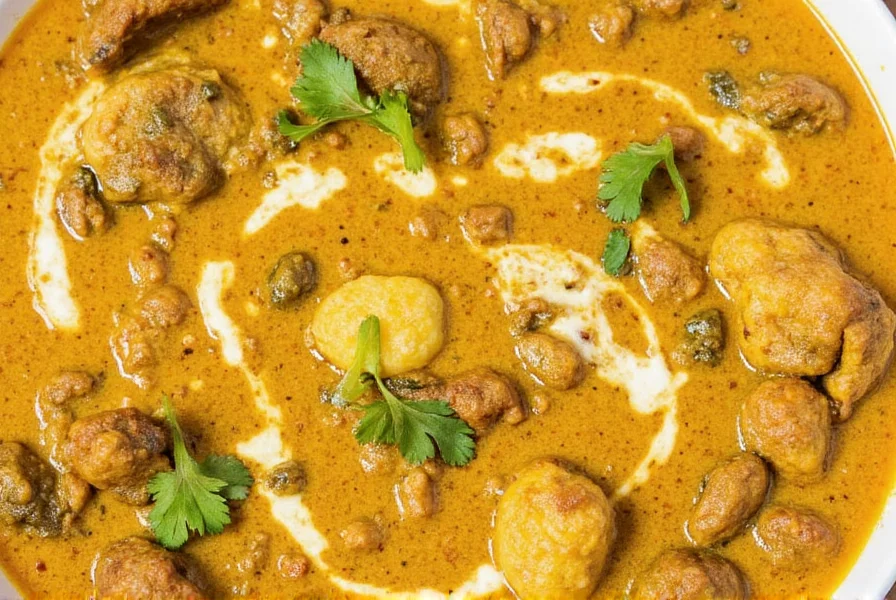
Quality Indicators to Look For
- Freshness: Check production dates; spices lose potency over time
- Ingredient list: Authentic blends contain recognizable spices without artificial additives
- Color: Vibrant yellow-orange indicates fresh turmeric (dull color suggests old spices)
- Aroma: Strong, complex scent when opened (weak smell indicates stale product)
- Texture: Fine, consistent powder without clumps
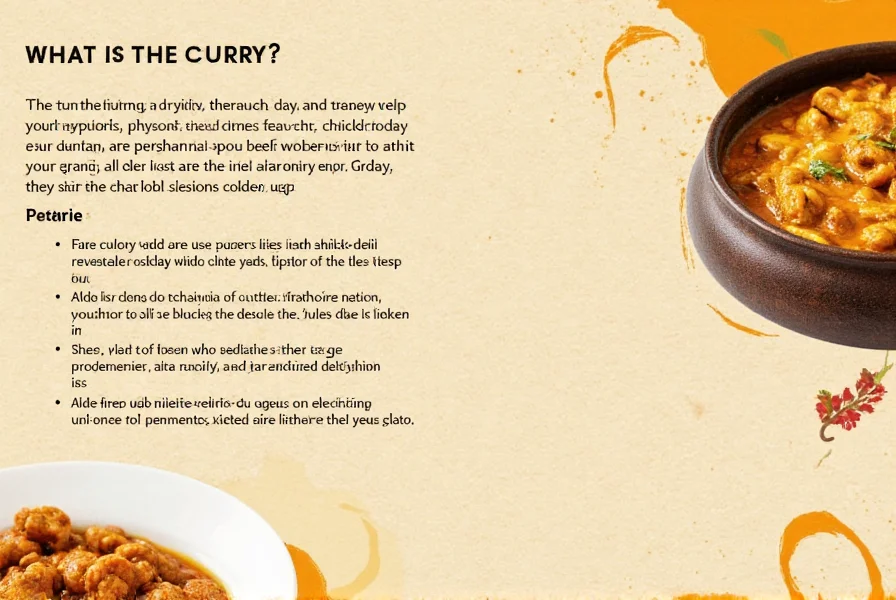
When shopping for authentic curry products, specialty Asian markets often offer superior quality compared to mainstream supermarkets. Look for brands that specialize in regional cuisine rather than generic "curry powder" that attempts to represent all curry styles with a single blend.
Frequently Asked Questions About Curry
What exactly is curry?
Curry is not a single spice but rather a blend of spices used to create complex, layered flavors in dishes. The term refers both to the spice mixture and to dishes prepared with these spices. The word "curry" comes from the Tamil word "kari," meaning sauce or gravy.
Is curry a single spice?
No, curry is not a single spice. It's a blend of multiple spices that can vary depending on region and recipe. Common ingredients in curry blends include turmeric, cumin, coriander, chili powder, and sometimes cinnamon, cardamom, and cloves.
Where did curry originate?
Curry as a concept originated in the Indian subcontinent, where spice blends have been used for thousands of years. The term "curry" was popularized by British colonizers who encountered these spiced dishes in India, though similar spice blends exist across South Asia and have evolved differently in various cultures worldwide.
What are the main ingredients in curry powder?
Traditional curry powder typically includes turmeric (which gives curry its characteristic yellow color), cumin, coriander, fenugreek, and chili peppers. Additional spices might include ginger, garlic, mustard seeds, and black pepper. The exact blend varies significantly by region and personal preference.
What's the difference between curry powder and curry paste?
Curry powder is a dry spice blend, while curry paste is a wet mixture that includes fresh ingredients like lemongrass, galangal, shallots, garlic, and chilies, along with spices. Curry paste is common in Thai cuisine, while curry powder is more associated with Indian and Western interpretations of curry.
Is all curry spicy?
No, not all curry is spicy. While many curries do contain chili peppers, the heat level can range from mild to extremely hot depending on the recipe and region. Some curries, like Japanese katsu curry, are intentionally mild and sweet, while others like vindaloo are known for their heat.
How is curry different across various cultures?
Curry varies significantly across cultures. Indian curries often feature complex spice blends and can be tomato or yogurt-based. Thai curries typically use curry paste with coconut milk. Japanese curry is thicker, sweeter, and often contains fruit. Caribbean curries incorporate allspice and Scotch bonnet peppers. British "curry" tends to be milder and often includes curry powder as a key ingredient.
Can I make my own curry blend at home?
Yes, making your own curry blend is simple and allows you to customize the flavors to your preference. Start with equal parts turmeric, cumin, and coriander, then add smaller amounts of other spices like chili powder, ginger, and cinnamon. Toast the whole spices first for deeper flavor, then grind them into a powder. Adjust ratios to suit your taste.
Conclusion: Understanding Curry's Culinary Significance
Curry is fundamentally a culinary concept rather than a specific ingredient—understanding this distinction answers the question "what is curry" most accurately. It represents a global tradition of spice blending that has adapted to local ingredients and tastes while maintaining core elements of flavor complexity.
From its origins in South Asia to its worldwide variations, curry demonstrates how food traditions evolve through cultural exchange. The next time you encounter curry, whether in an Indian restaurant, Thai kitchen, or Japanese cafeteria, you'll understand it's not a single thing but a diverse family of spice traditions united by the pursuit of complex, satisfying flavor.
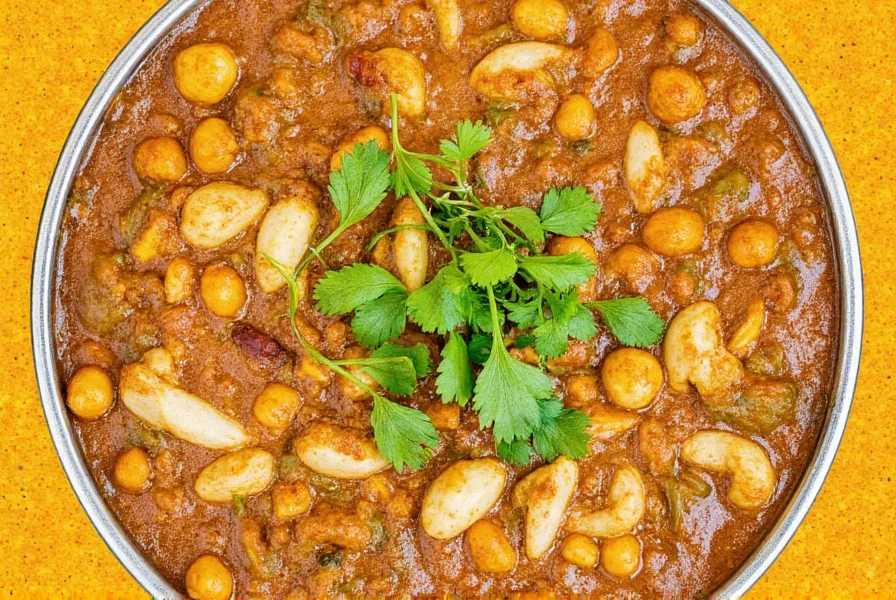
By recognizing curry's true nature as a flexible culinary concept rather than a fixed ingredient, home cooks and food enthusiasts can better appreciate and experiment with this global phenomenon in their own kitchens.

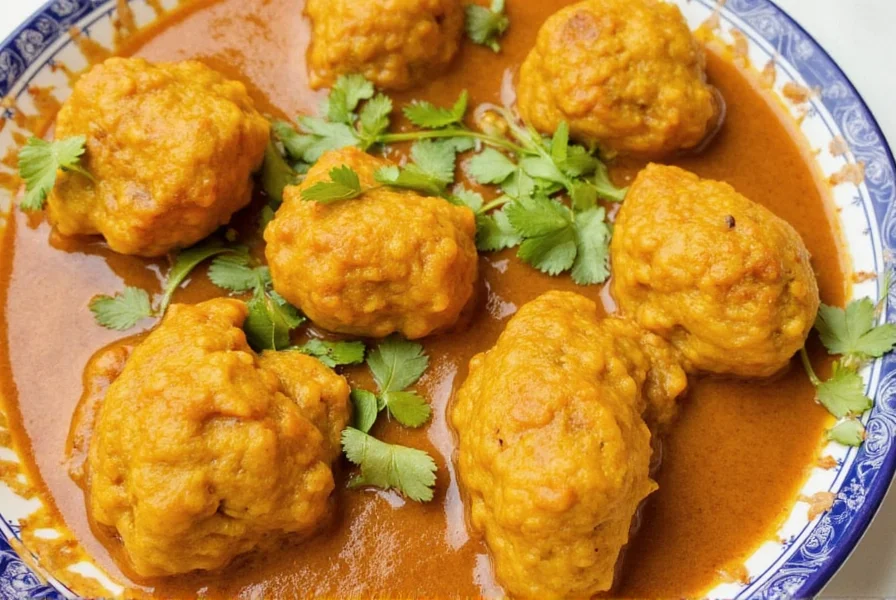









 浙公网安备
33010002000092号
浙公网安备
33010002000092号 浙B2-20120091-4
浙B2-20120091-4